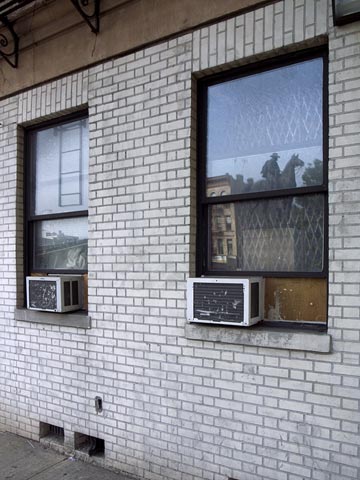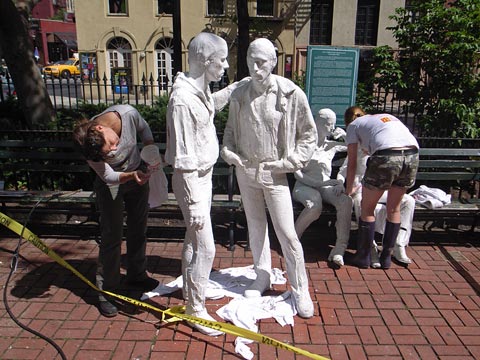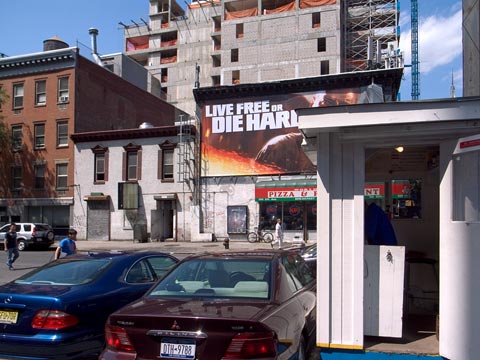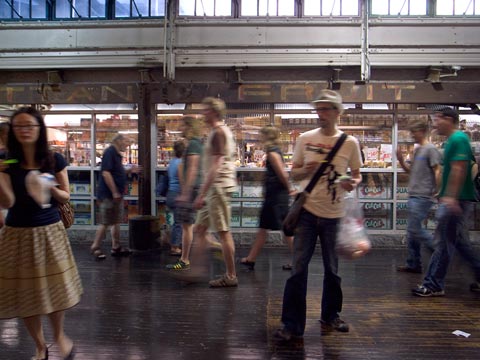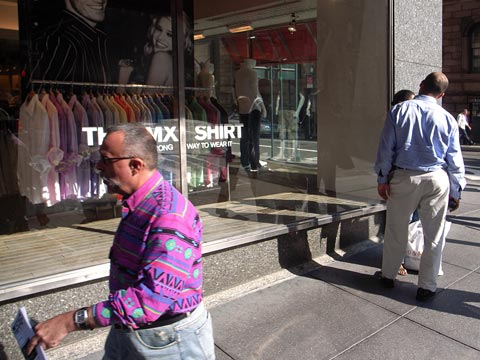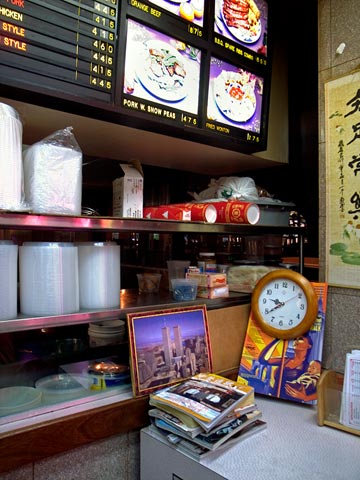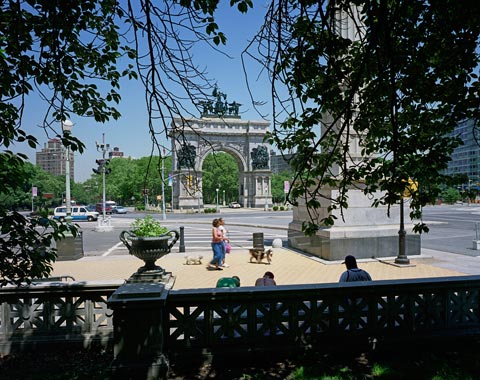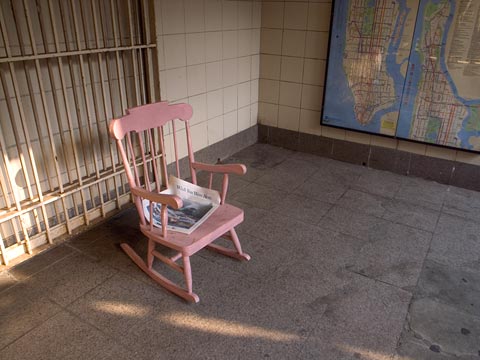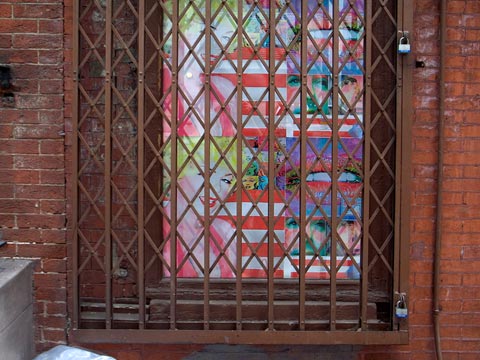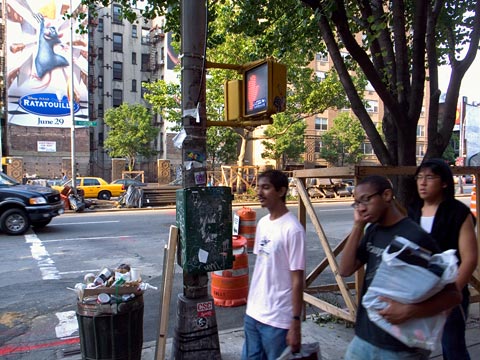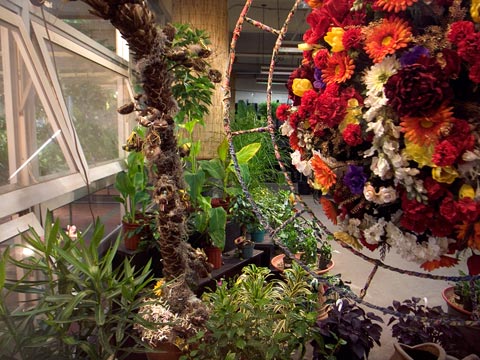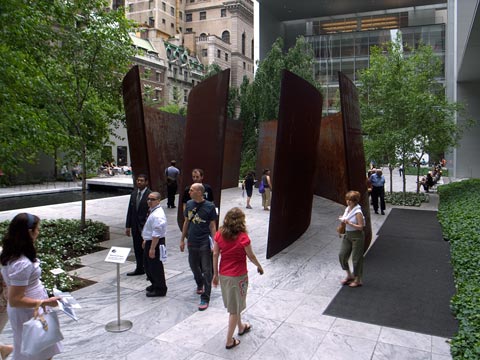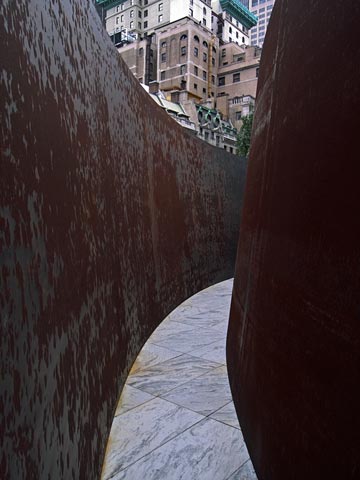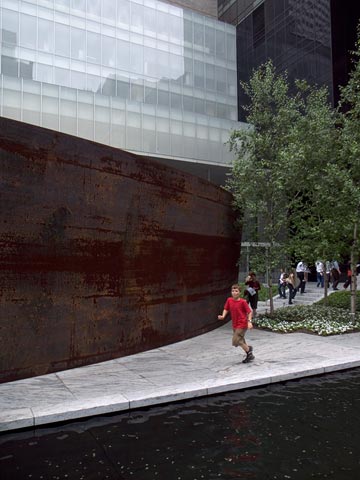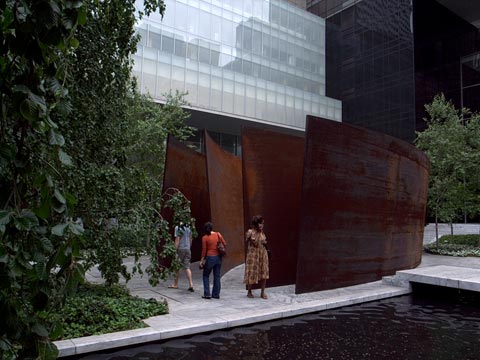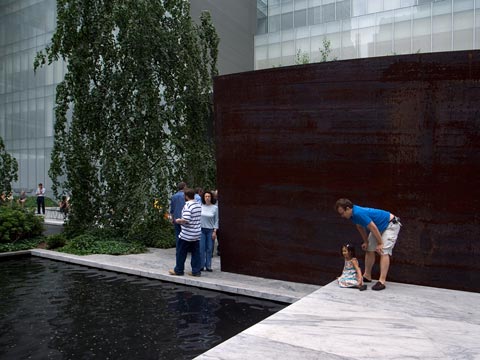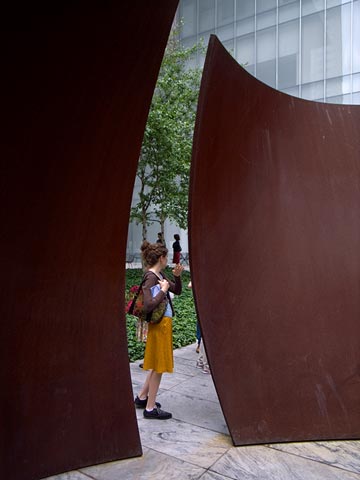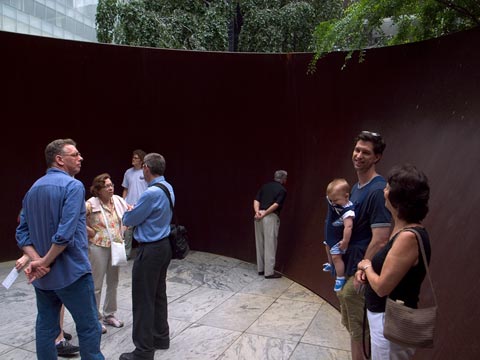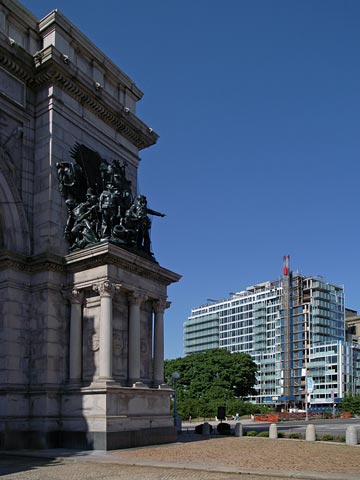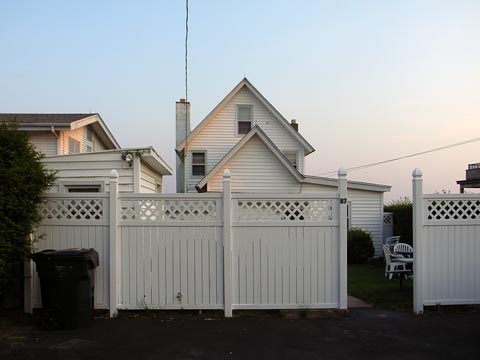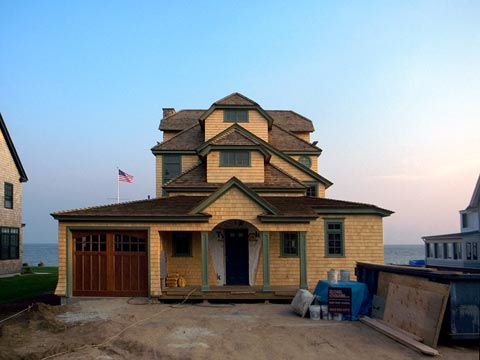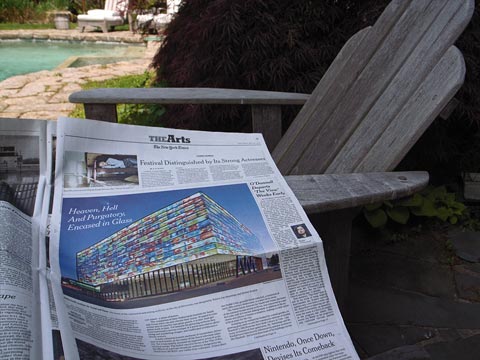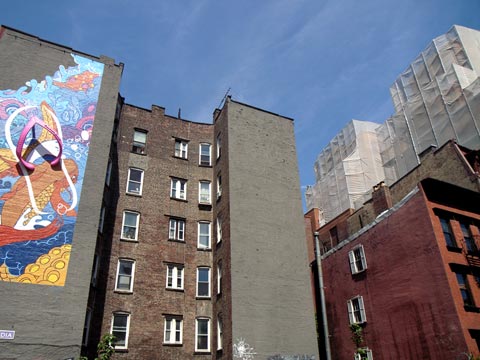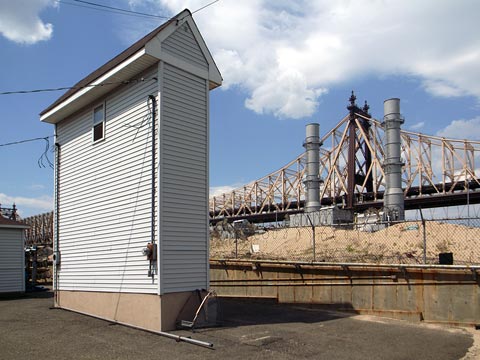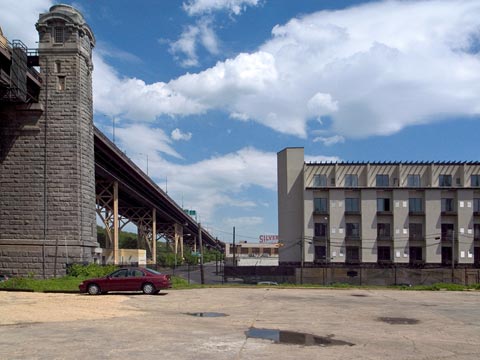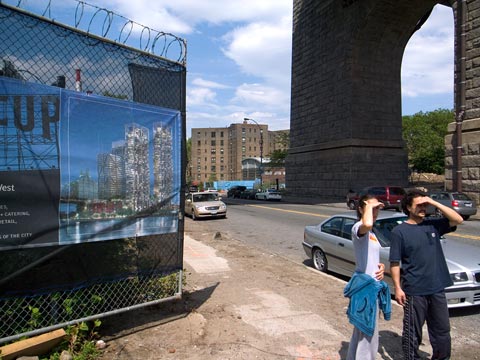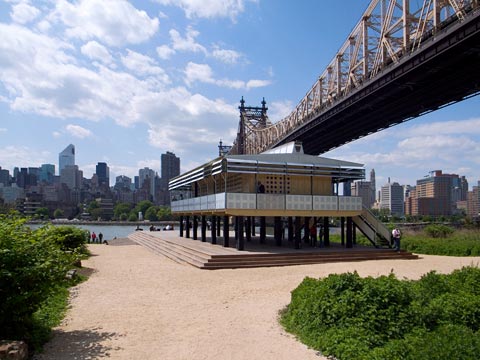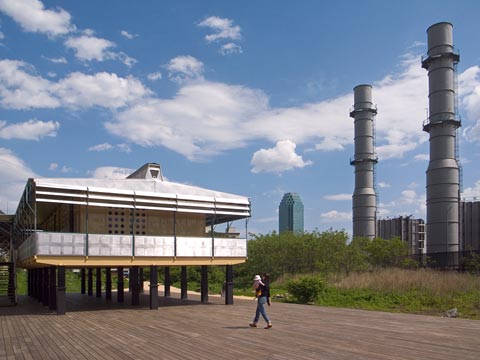
Grant Gore between Bedford and Rogers Avenues
I am continuing photographing Civil War statues and monuments around Brooklyn for an exhibit at the Brooklyn Public Library in the fall. Yesterday, I went with my assistant Chris Gallagher to Prospect Heights where there is a large equestrian statue of Ulysses S. Grant. It’s a neighborhood that must have once seemed appropriate for such an imposing monument. The area obviously fell into decline during the ’60s and ’60s, but it appears to be coming back today. It’s a largely Black neighborhood, contiguous with Bedford Stuyvesant and Crown Heights. There are beautiful brownstones on the side streets, some well-maintained, others not. To the east along Dean Street, where we walked, there is an industrial pocket with a mixture of uses including artists’ lofts.

General Edward Fowler, Fulton Street in Fort Greene
Regarding my photographs of statues, I would like to state up front that I hope to avoid any comparison with Lee Friedlander who owns the subject as far as I am concerned. Unlike Friedlander, I am working with a view camera in color (the photos above are with my digital point-and-shoot), and I am attempting to locate these hidden-in-plain-site statues in their habitats. Brooklyn remains a vast unknown landscape to me, but I am gradually learning the geography.
